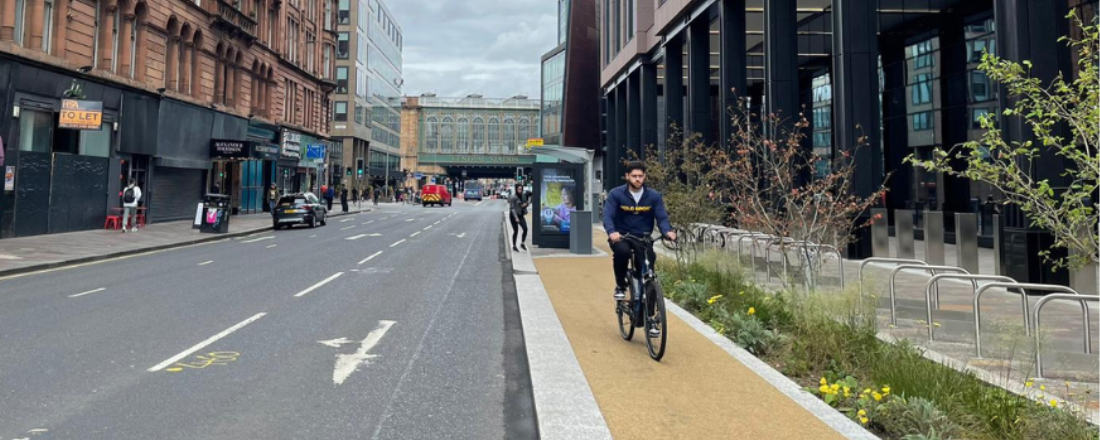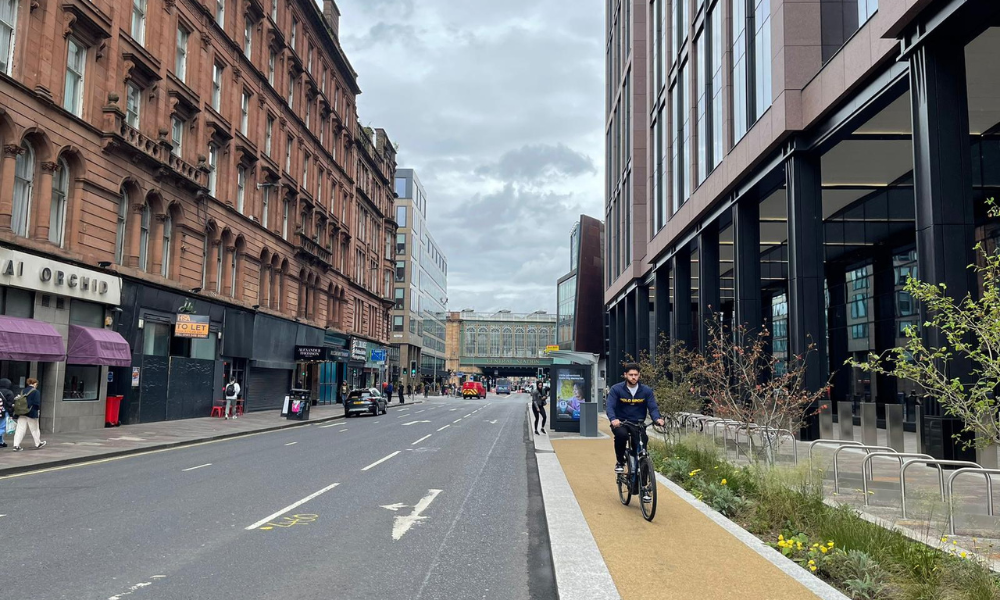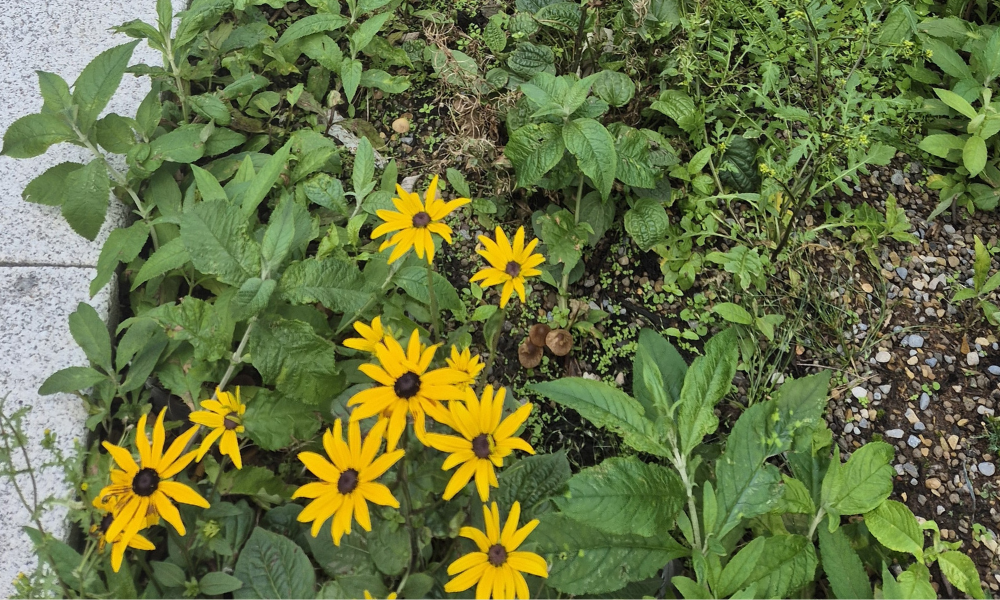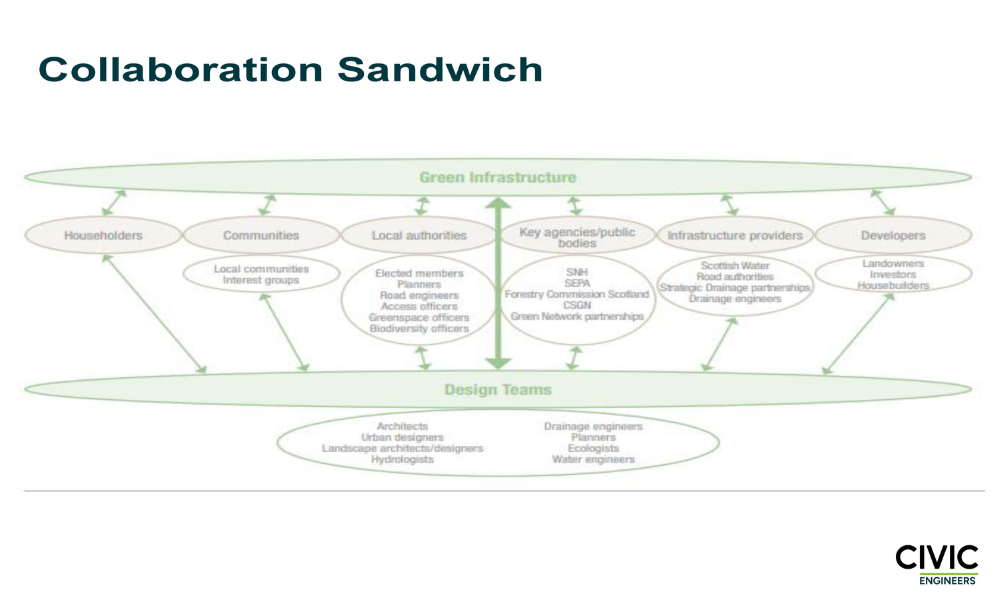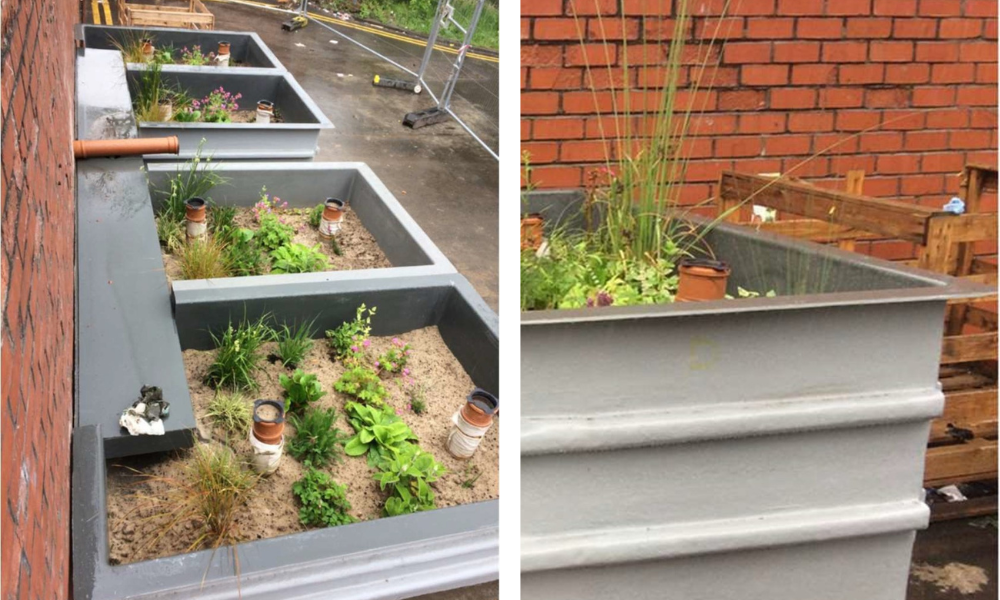Get updates from The Developer straight to your inbox Yes, please!
Rain gardens: “It's not just an engineering solution. It's also landscape. It’s biodiversity”
If the street is going to be dug up, then you should get as many positives out of the disruption as you can, writes Kimberley France
If you choose the right location, the right conditions and elements, rain gardens not only prevent surface flooding and promote biodiversity, they also remove pollution from road runoff, returning cleaner water to rivers.
Isla Jackson, Director, Civic Engineers and Prof. Vernon Phoenix, Head of Department, Civil and Environmental Engineering, shared a case study of their project The Avenues in Glasgow, a £115million scheme across 17 streets and 3 sub-divided blocks in Glasgow city centre at Festival of Place: Climate Resilience – a two-day conference powered by The Developer and sponsored by Civic Engineers.
Their collaboration sought to reduce pollutants and minimise flood risk through natural drainage, with cleaner water released into the River Clyde. The plantings also provide a buffer between cycle paths and road users, and provide biodiversity and soft landscaping.
Jackson says collaboration is key when working at the forefront of green infrastructure schemes.
“All of these people have to be involved in delivering good, green infrastructure for the future,” says Jackson on the Collaborative Sandwich, a diagram of an integrated design team.
Phoenix’s research at The Avenues has shown that rain gardens help to remove pollutants from water such as, oil and fuel, exhaust deposits, metals and microplastics from tyres.
“Very tiny attractive forces between the pollutant and the soil particles cause electrostatic attraction. It’s a bit like if you rub your hair with a balloon and the hair sticks to the balloon. That helps the pollutant stick to the soil,” Phoenix explains.
The Avenues project features test gardens to evaluate the result of the pollutants from the roads and road salting during the winter months. They found that the rain gardens removed pollutants but not road salt.
“We wanted to do some work to demonstrate that the pollution was indeed being removed by the rain gardens and to explore some different soil mixes and scenarios to test which ones were working well.” says Phoenix.
It was also about getting the most out of the project, Jackson explains. To get funding you must make a project worth its time. If the street is going to be dug up, then you should get as many positives out of the disruption as you can.
Jackson concludes: “We need to get as many of these solutions on the ground as we can, but to do it in a way that benefits the street as a whole. It’s not just an engineering solution. It’s also landscape. It’s biodiversity. And it’s about creating economic conditions, so people want to dwell, they want to shop and they want to be there.”
Find out more: Watch back the Climate Resilience session, view the slides or the LAWPRO Report
Sign up to our newsletter
Get updates from The Developer straight to your inbox
Thanks to our organisation members
© Festival of Place - Tweak Ltd., 124 City Road, London, EC1V 2NX. Tel: 020 3326 7238
